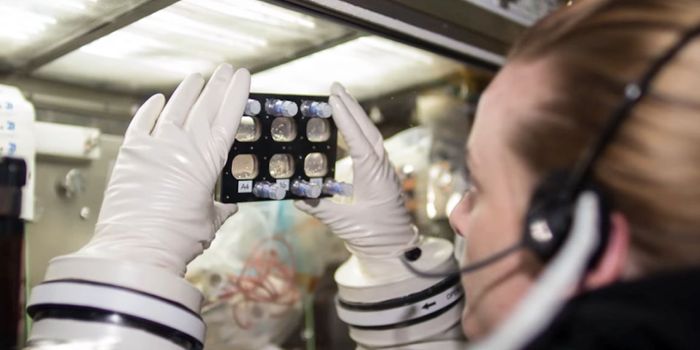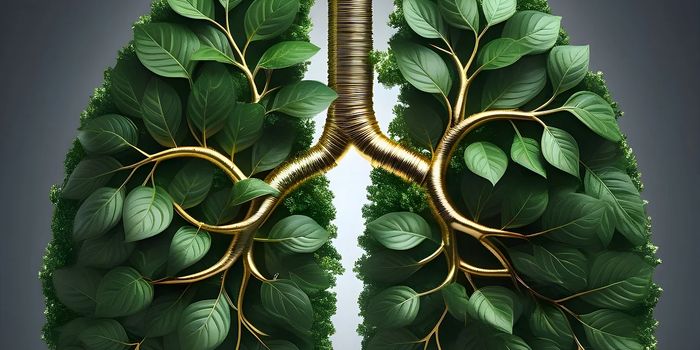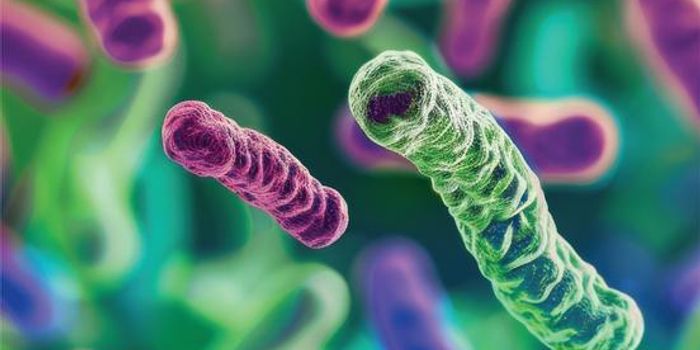Air Pollution Particles Detected in the Placenta, Immune Cells Mop Them Up
Tiny, black particles much like those found in polluted air have been found in the placentas of pregnant women, as reported in a study at The Royal London Hospital. This particulate matter, made up of carbon and metals, was shown to be inhaled before subsequently entering the circulation, where they are later taken up by cells in the placenta. They could also enter the developing fetus.
Zabeada Aslam and colleagues from Leeds University analyzed the nanoparticles taken from the placental cells of 15 consenting pregnant women. Most of the pollutants were found to be carbon-based, but also included an array of metal-containing particles such as iron, chromium, zinc, and titanium. The data strongly suggests that the particles came from traffic pollution as these metals are common in fuel and oil additives and are emitted from vehicles as the brakes are applied.
This finding is particularly concerning as these foreign particles could trigger an immune response, interfere with cellular function in the placenta and in the worst case scenario, potentially affect the development of the fetus. When the body encounters such particulates, they are typically removed by phagocytic immune cells called macrophages. In a series of in vitro experiments, the team demonstrated that inhaled diesel exhaust particles translocated from the lungs to the placenta where they were gobbled up by resident macrophages in the placenta.
Senior author of the study, Jonathan Grigg, said: “Our study for the first time shows that inhaled carbon particulate matter air pollution travels in the bloodstream and is taken up by important cells in the placenta.”
“We hope that this information will encourage policy makers to reduce road traffic emissions in this post lockdown period.”
Sources: Science of The Total Environment, University of Leeds.









